| INITIAL MODEL EXPERIMENT
In coordination with the brief, we were expected to carry out three dimensional studies alongside our orthographic presentation of our pavilions tectonic designs. I felt that, as an area that I have faltered within amongst past projects, that I should explore the materiality and texture of the proposed technical solutions, through a form of model making. This also produced an opportunity in which to explore the manual processes of Rammed Earth, therefore providing an interesting basis | on which to produce a 3D study. The following presents the processes upon which were heavily taken from advice from the following website;
http://rammedearth.davis.net.au/ and book; 'Rammed Earth: Design and Construction Guidelines, Peter Walker, BRE Bookshop, 2005. As a starting point, I had collected soil from my current residence, by digging beneath the top layer as to remove significant stone and leaf litter. The earth, according to the website, has to be of a specific moisture content and despite | | In relation to the image above, although I had removed visually obvious vegetation and inorganic materials, some remained within the soil, of which above still retained. The use of a sieve, seen in the images below, allowed for a finer material in which to compact. | | Above, presents the left over fine soils that were later added into the final mixture (within the white microwavable pot seen also, above), as well as an illustration of the sieving process that I had been instructed, through the referred sources in the opening paragraph, to carry out in order to remove any obstructing materials that may effect or harm in any way, the structural build up of these particles of earth. However, some timber elements within larger scale processes are left in throughout these processes for either structural or aesthetic values. | | this being a fairly complicated formula in which to concoct - with the implementation of sands, gravels and cement of particular quantities (%), although there is a 'rule of thumb' solution in which to test its state. This was to take the soil as a handful and if it were to crumble instantly, it was too dry, and if you were to drop it from shoulder height and it were to not break, it was too wet. I carried out this process to find that - to my knowledge - the earth, at this stage, had an appropriate moisture content in which to continue.
REMOVING OF MATERIALS
As seen within the two images, presented to the left, I began to sieve out the inorganic materials, such the plastics and other pieces of litter that I had
| found amongst the soil.
I then began to break down what remained in the sieve, materials of which could fit but had clumped together, and then continued to fill the microwavable pot that I had chosen in which to form the shape of with Rammed Earth. The reasoning behind this, was to create a rounded texture to compliment the proposed, or hopeful, pattern that would be created through the compacting of several layers.
The finer particles of earth that had fallen through the sieve due to their initial size, surrounded the outside of the pot, of which I later, carefully, added to the overall earthy mix, shortly before I began to apply pressure for compacting. | | | The fine finish of this sieving can be seen in the adjacent photograph (right), of which I then had to begin to apply considerable pressure to over the surface area.
The recommended 'Ramming' process, was to apply such pressure that the finished layer was almost 50% less than it had previously been within a free particle state. | This can be seen in the image, left, in which i used to assess the change in heights before and after the addition of soils and their ramming, as to estimate the size of each layer.
The image provided shows a pre-rammed layer of soil within the microwavable pot, as in fact it is an elevational image of that of the image to the right.
The following process was to then physically ram the material to its desired 50% state, of which I had rather crudely used the end of an empty deodorant can, of which caused the pattern that can be seen within the image below. | | | | Below, presents the markings that were produced through the 'Ramming' of the surface layer of earth within the pot. This was the most difficult and strenuous element of the model making process, as a result of the pressures that were to applied (the time taken explained within the following texts) and the speed in which these were to be carried out within due to loose minerals. The image above, presents the patterns that had been formed within the ramming of the substance, something that is not as noticeable (if there is an occurrence) within larger scale, structural constructions, of which the Rammed Earth is most commonly produced to serve both structural and aesthetic purposes within a design. | | Seen within the two images below, the physical ramming had to be carried out at rather fast speeds, in order to capture all of the loose surface materials that were freed from the build up at the sides of the container. As they sat slightly above the surface of which the pressure was being applied, they fell directly beneath the aerosol can that I had used as a 'rammer' - this was fundamentally a result of the shape of the top of such an object, of which appeared to work fairly effectively.
The results of such can be seen within a pattern formed in the image to the left, which also became an indicator of sorts into when I was to progress to the addition of another layer of earth.
| I felt that in increasing the pace of this aspect of the process, allowed for a more efficient 'compacting' of the soils within the container, the weight of which became increasingly heavily which is obviously expected, but to a surprising degree, as if to express the effects of the effort that was being applied against its surface.
Despite still being moist to touch, the soil had become visibly and physically tougher, to the point where within its container, allowed for little movement, despite my application of lateral pressure through squeezing and still wit the drying process to be carried out. I felt that this was a promising development within the process. | | | | | The image to the left, presents the final layer of lose minerals that was added to the experimental container, before its final ramming and complete product, seen presented through photographic images below.
At this stage, this sample, despite its relatively small size, carried substantial weight within the ramming of the soil towards a compact entity that contained a strength that was non existant within its previous | mineral form or 'state'.
Although this cannot compare to the structural capacities of a 'to scale' rammed earth structure, - despite its expulsion from my design with the opting of earth blockwork, of which this process is particularly applicable to - I feel that this has been a particularly interesting and useful perspective to gain whilst studying rammed earth as a material media, in understanding its physical properties through making. | | | The final model experiment, seen below, despite its overall strength due to the compacting of the soil, does hold the aesthetic that I had hoped, although it can be seen slightly within the image below. | There is a difference in colour within the surface layer to the body of the rest of the experiment, although this appears primarily due to the lack of drying within the base of the form. | | | | Below, presents the resulting damage of a strength experiment that I had attempted, which resulted in the crumbling and exposing of the soils compacted composition, of which the dry to moist areas can be seen separated from each other. | | FURTHER EXPERIMENTS
In order to proceed within exploring a three dimensional study, I feel that I should incorporate this same process although into a different shape or formwork, most specifically, as a brick shape that would be applicable to my tectonic design. I feel that it is also important to produce more than one as to arrange in a block, or brickwork fashion.
Despite the failure of the structural integrity under the pressures that I had applied onto this initial model, I feel that this process of 'construction' | was an efficient and particularly useful study into the physical production and properties of Rammed Earth.
The future production of Compressed Earth bricks presents an opportunity to explore a different formwork, assessing whether this may alter or affect either the physical ramming process, or the drying process and in turn, the final structural properties and integrity of the model. This is most significant however, as to provide direct relevance towards the final tectonic design and presentation of this project. | |
|
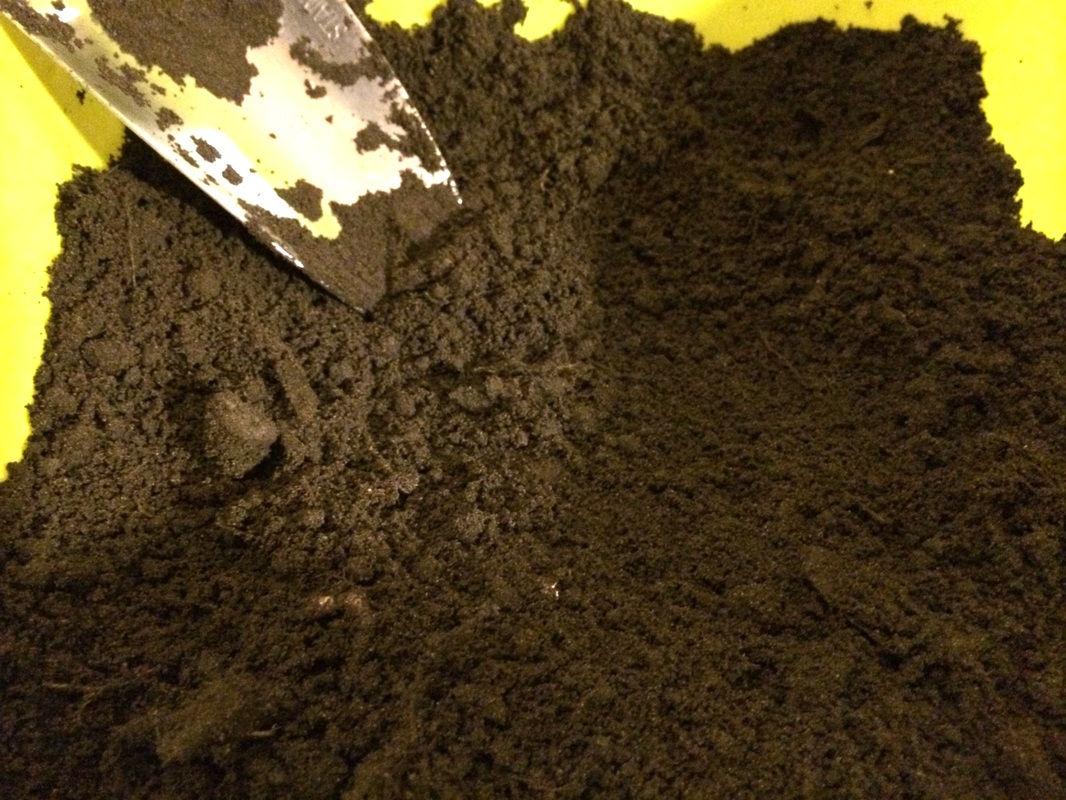

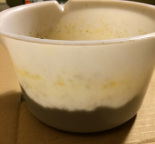
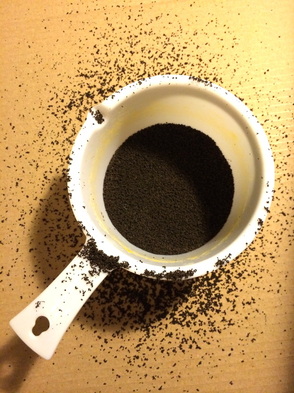

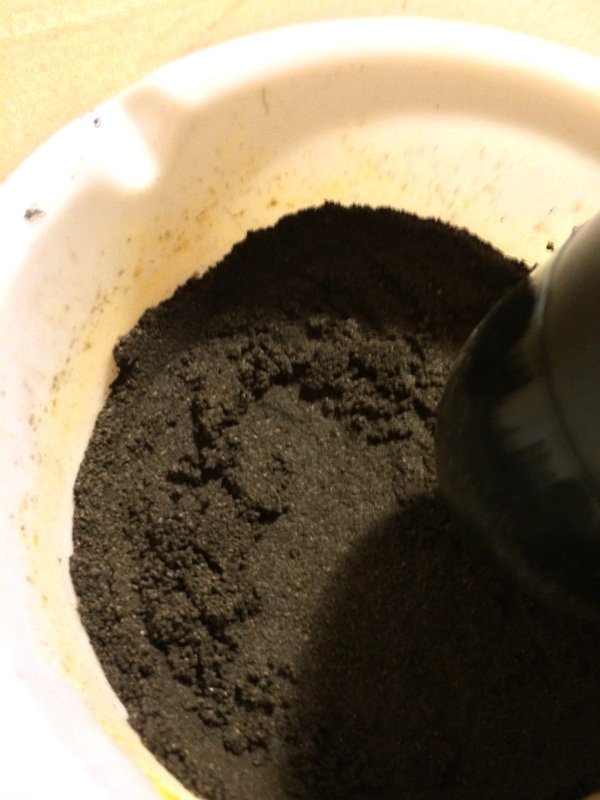

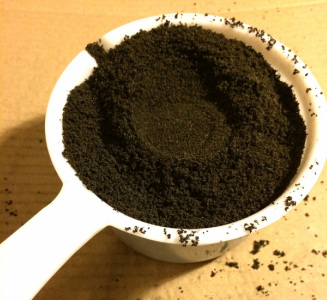

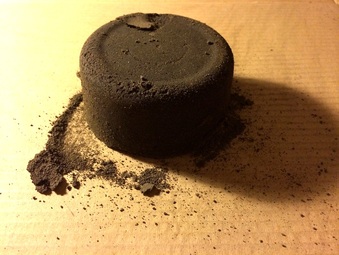


 RSS Feed
RSS Feed